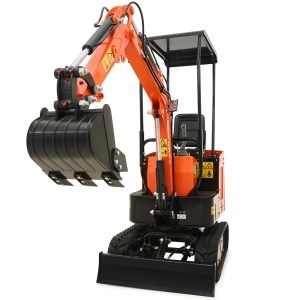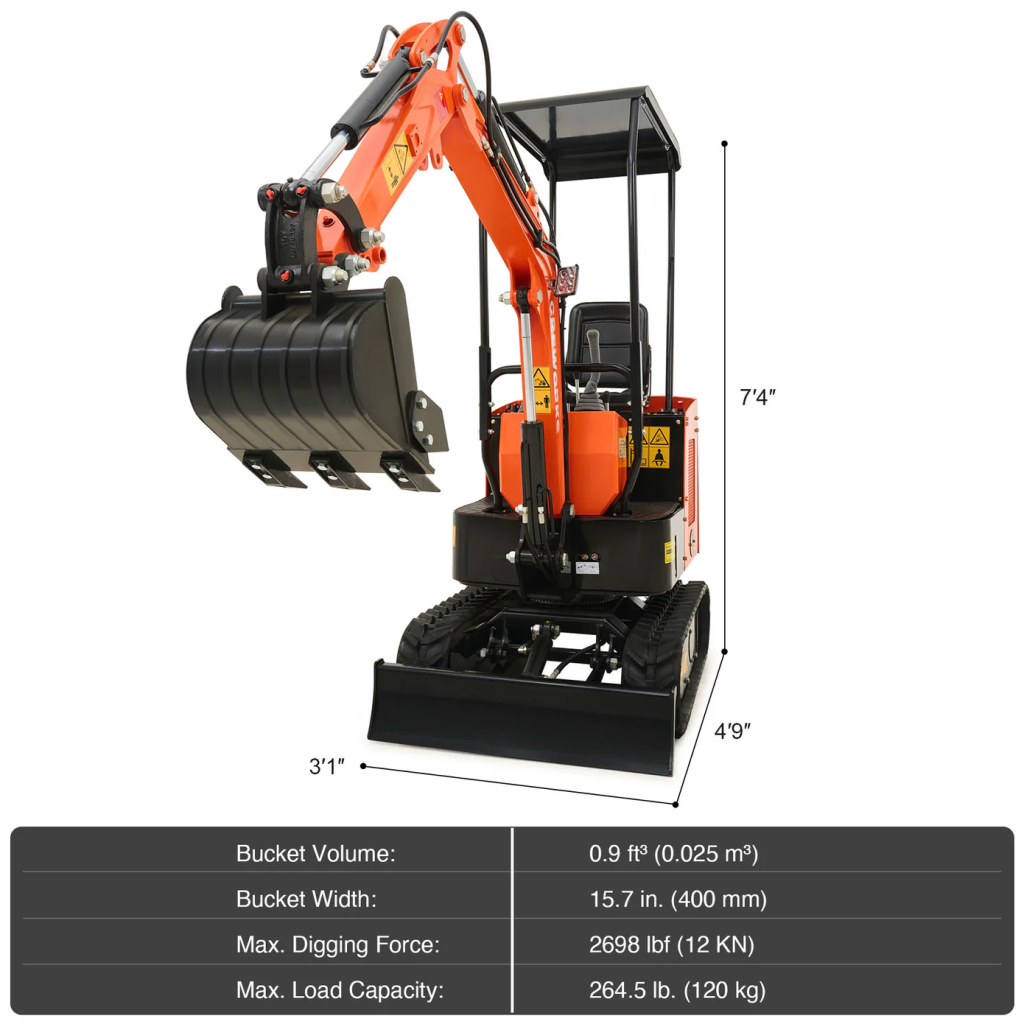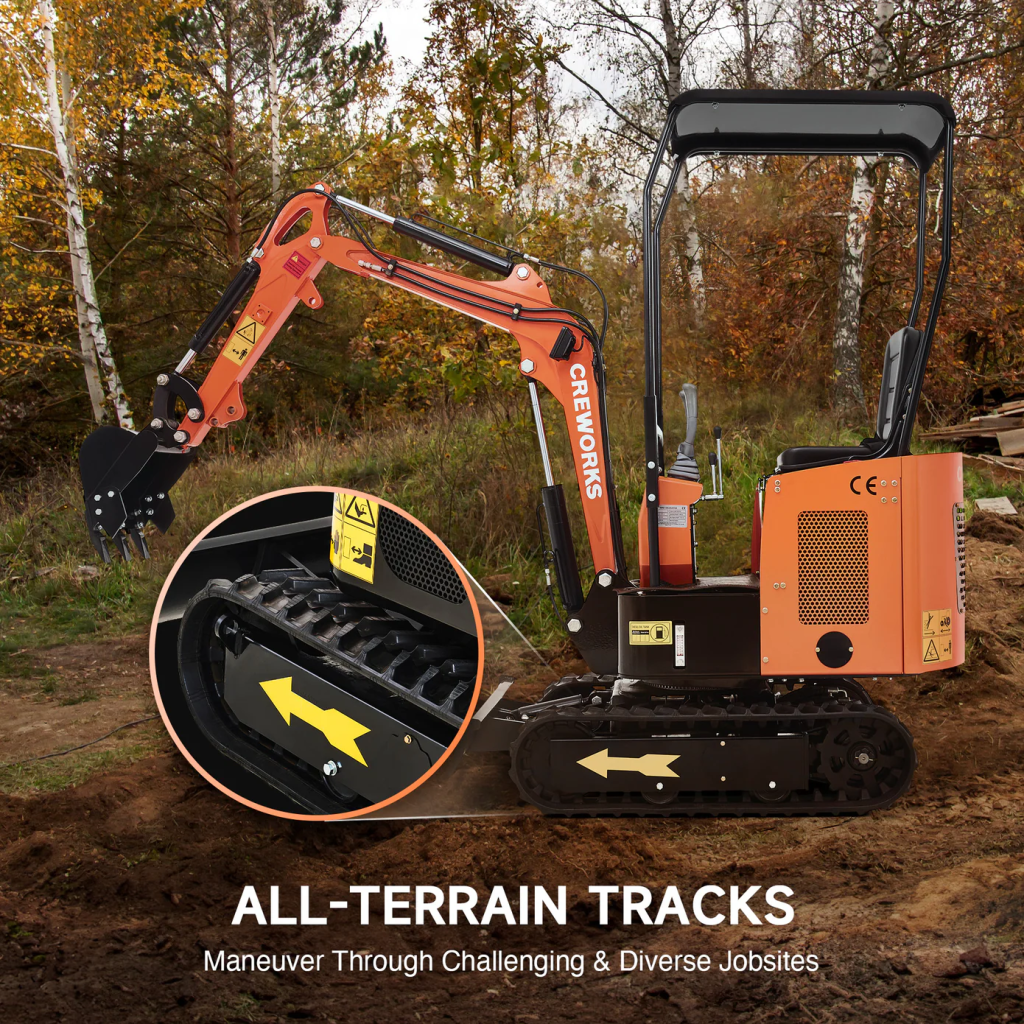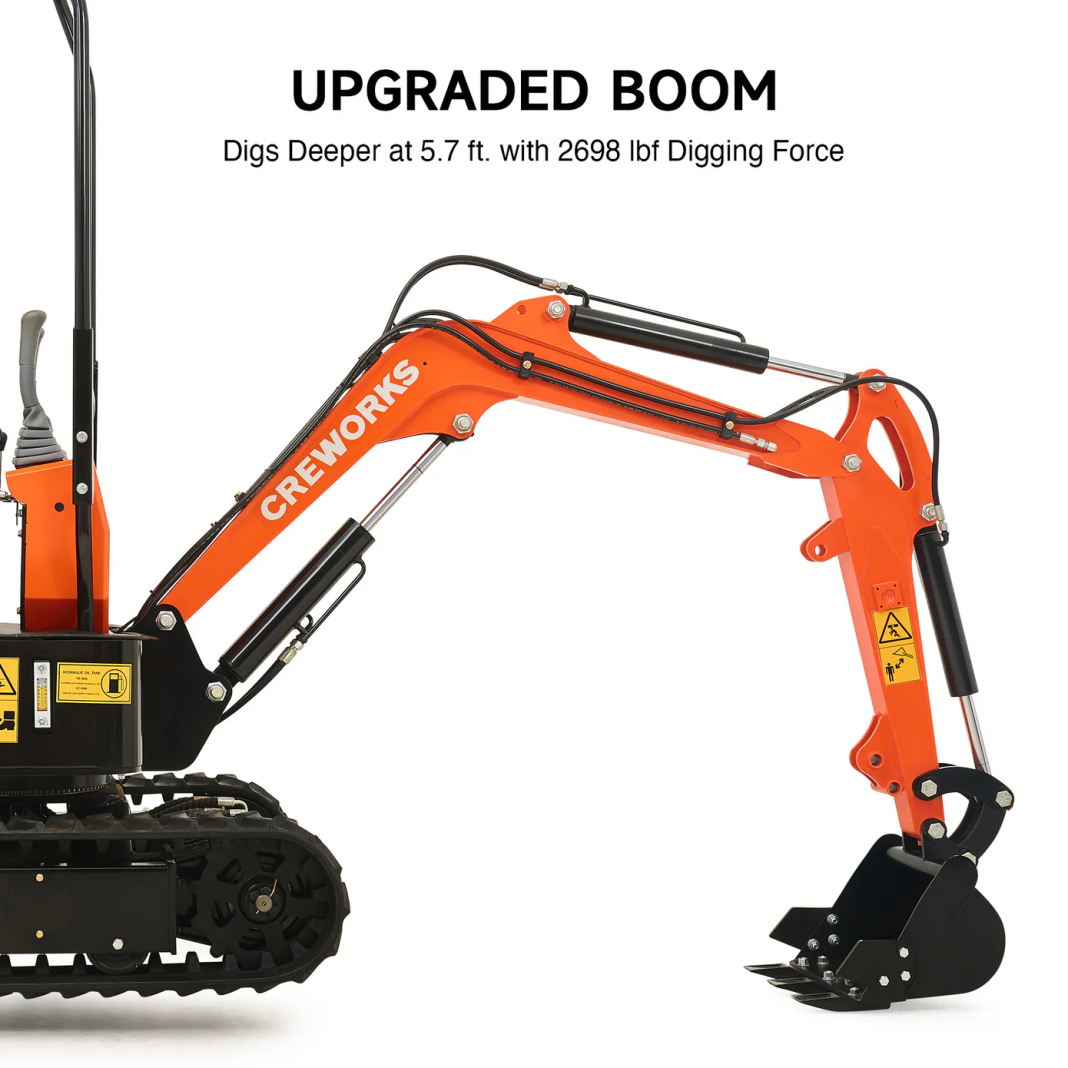To keep working well and last longer, mini excavators , which are useful tools for building and landscaping, need to be carefully maintained.
Regular maintenance not only keeps these small powerhouses from needing expensive repairs, but it also makes sure they work at their best, even in small areas. This short guide will go over the most important care steps that every mini excavator owner should take to protect their machine.
Proactive upkeep, like checking the fluids every day and replacing worn parts on a planned basis, is essential for operations to run smoothly. It cuts down on downtime and boosts productivity on every job site.
Fluid Management
One important part of maintaining a small excavator is keeping track of the fluids. It is very important for the excavator to run smoothly that the engine oil, coolant, and hydraulic fluid levels are checked and kept at the right levels by the user.
The coolant helps keep the engine at the right temperature so it doesn’t get too hot, and the engine oil lubricates the moving parts to reduce friction and wear.
The boom and bucket of an excavator are powered by hydraulic fluid, so it is very important to keep this fluid in good shape so that the machine works well.
It is very important to check and replace these fluids at the times suggested by the maker. Putting off replacing the engine oil or hydraulic fluid can cause contaminants to build up and hurt the fluid’s performance and the excavator’s structure.
In the same way, coolant levels should be checked to make sure the system is full and doesn’t have any leaks that could cause the engine to overheat and break.
By carefully maintaining these fluids, operators can make sure that their mini excavator works reliably and continues to perform at its best, which will extend the machine’s life and avoid needless downtime.
Track and Undercarriage Maintenance
Maintenance on the tracks and undercarriages is very important for keeping mini excavators working well and lasting a long time.
These parts do most of the work on the machine and are constantly exposed to rough conditions like dirt, mud, and garbage. Cleaning the tracks and axles on a regular basis keeps things from building up that could get in the way and cause damage or premature wear.
It is very important to look at the tracks for signs of wear like cracks, tears, or too much stretching. Taking care of these problems right away stops more damage and keeps the digger stable and mobile.
It is also very important to make sure that the track tension is set properly according to the manufacturer’s instructions. If the tension is wrong, the tracks could wear out faster or even come loose, which would require expensive fixes and lost time at work.
The people who are driving should also check the undercarriage parts, like the wheels, idlers, and drive sprockets, for damage and wear.
These parts should be cleaned and checked often to make sure they work right and support the weight of the digger while allowing it to move smoothly. By following these care tips, mini excavators can last a lot longer and keep working well in a variety of settings.

Greasing and Lubrication
Greasing and lubricating mini tractors the right way is essential for keeping them working well and making them last longer. To keep friction and wear to a minimum, pivot points and joints on the boom, bucket, and chassis need to be oiled on a regular basis. It is important to do this regular maintenance because these high-traffic places can wear down over time.
Operators should follow the manufacturer’s instructions on what kind of grease to use and how often. These places usually need to be greased at set times based on how often they are used, or at least every two days when they are being used.
It is very important to use the right kind of grease because different situations, like high temperatures or being exposed to water and dirt, may need different lubrication qualities to keep things working well and keeping them safe.
Not putting grease on these important spots can cause them to wear out faster, make it harder to move, and require more fixes or replacements over time.
Regularly greasing the mini excavator not only makes it run more smoothly, but it also greatly lowers the chance of costly breakdowns. This keeps it reliable and effective in tough work settings.
Cooling System Care
Maintaining the cooling system of a mini excavator is crucial to prevent overheating, which can damage the engine and cause it to fail. The radiator and oil cooler play a vital role in regulating the engine’s temperature. It’s essential to keep these components clean to allow heat to dissipate effectively.
Operators should routinely inspect the cooling fins for obstructions such as leaves, mud, and dirt that could impede airflow. Regular cleaning of these areas prevents the engine from overheating and ensures the cooling system functions efficiently.
Monitoring the coolant level is another key aspect of maintaining a cooling system. Operators need to ensure the coolant is at the proper level and check for any leaks, which could indicate a system issue.
Slow leaks not only reduce the available coolant but also introduce air into the system, leading to hot spots in the engine and inadequate cooling.
As part of routine maintenance, the cooling system should be flushed and the coolant replaced according to the manufacturer’s recommendations.
This practice not only keeps the radiator in optimal condition but also removes rust and scale build-up that can decrease system efficiency and lead to overheating.
By adhering to these maintenance tips, mini excavators can remain cool under heavy use, enhancing their performance and extending their lifespan.
Proactive Component Replacement
Replacement of parts before they break is a key way to make mini tractors last longer and work more reliably. Instead of waiting for parts to break, this method replaces them before they do, based on how they are used and the results of regular inspections.
These kinds of preventative steps not only make the machine work better, but they also cut down on unplanned breaks and the costs that come with it.
Key parts that need to be checked often are the filters, valves, belts, and hydraulic parts. For example, air and fuel filters should be checked and changed on a regular basis to keep dirt and other particles from making the engine work less well.
Similarly, hydraulic belts and lines can wear out over time and should be checked for signs of damage or leaks. If these parts are replaced early, they can keep important systems from getting worse.
The manufacturer’s suggested repair intervals are meant to make the excavator last longer and work better. Operators should follow these guidelines. Keeping track of when the equipment is inspected and replaced can help you figure out what it will need in the future.
Operators make sure their mini excavators are always ready for work by using a proactive maintenance approach. This keeps productivity high and lowers the chance of needing expensive repairs.
Storage and Downtime Maintenance
Mini excavators need to be stored and serviced properly when they are not in use to make sure they last as long as possible and work well. Putting away the excavator properly involves a few important steps that keep it safe from the elements and ready to use.
To begin, the mini excavator should be stopped on a flat surface so that fluids don’t pool and put uneven pressure on the hydraulic parts and seals.
To keep the excavator safe from dust, water, and other things that can rust metal parts and damage rubber parts, the area should be clean and, if possible, protected.
If you’re going to store the excavator for a long time, you should clean it completely, drain the fuel to avoid problems with old fuel, and unplug the battery to keep it from dying. Also, operators should grease all hinge points to keep them from rusting or corroding while the equipment is being stored.
Before putting the digger back into service, it is also very important to do a full check. This means checking the amounts of all the fluids, making sure the battery is charged and working, and giving the car a general checkup to see if any problems may have come up while it was stored.
By doing these steps, you can keep starting problems to a minimum and make sure the mini excavator is ready to work quickly and well when it’s needed.
Conclusion
In conclusion, taking care of a mini digger requires more than just using it regularly. It also needs careful attention when it’s not in use and when it’s being used.
Operators can make their equipment last longer and work better by sticking to a routine that includes managing fluids, taking care of the track and chassis, greasing it properly, maintaining the cooling system, replacing parts before they break, and storing it properly.
Taking these steps to maintain the mini excavator not only protects the investment but also makes sure that it stays a reliable tool that can handle any building or landscaping job.
Also Read
4 common uses for excavators that may surprise you
World’s leading Manufacturers of Excavator Attachments

